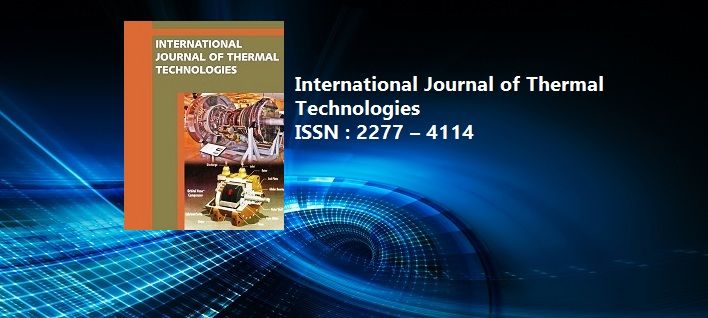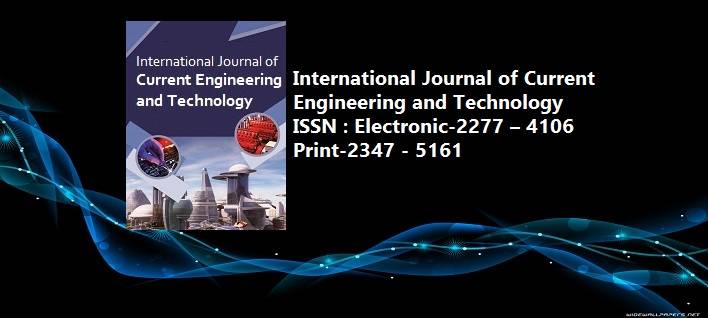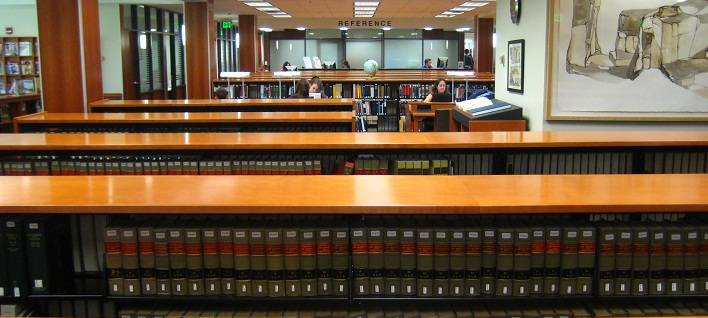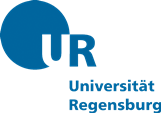Performance Evaluation and Effectiveness of Different Natural Bio-adsorbents for Wastewater Treatment
Pages : 1243-1249, DOI: https://doi.org/10.14741/ijcet/v.8.5.6
Download PDF
Abstract
Augmentation of environmental pollution load for Swift industrialization in leather sector of Bangladesh is a major concerned issue in order to maintain the sterility of environmental water body. The direct discharge of toxic tanning industry wastewater into the environment causes irreversible threat to the aquatic life as well as human existence. Various high cost physio-chemical processes are available to treat these pollution load to ensure environmental sustainability and living which are difficult to afford for small or medium scale tanning industry. In this case, Bio-adsorption is an eco-friendly and effective treatment process due to the high availability of natural bio-adsorbent. From this point of view, the paper highlights the use of natural bio-adsorbent for tanning industry wastewater treatment and a comparative study to determine the percentage removal of suspended solids (SS), dissolved solids (DS) and turbidity. In that regard, banana peel, sugarcane bagasse and orange peel were used as natural bio-adsorbents. The methodology of this process was initiated with mixing of wastewater from different section of beam house operations (Soaking, Liming, Deliming and Bating, Chrome tanning) in tanning industry at definite ratio. The mixer takes nearly six hours to settle down. After sedimentation, the turbidity reduces to a reasonable amount from 4780.0 NTU to 1150.0 NTU. After that, the supernatant was taken for further treatment by using three different natural bio-adsorbents on the basis of amount, contact time and pH. The determined data for the percentage removal of different parameters like suspended solids, dissolved solids and turbidity for banana peel were 65.71%, 25.91%, 85.65%, for sugarcane bagasse were 62.02%, 24.05%, 86.07% and for orange peel were 64.03%, 20.73%, 85.48% respectively in optimum condition. The DO level increased to 5.89 mg/L for banana peel, 5.89 mg/L for sugarcane bagasse and 5.40 mg/L for the orange peel at 35.2°C from 0.22 mg/L at 35.2°C in raw sample. After comparing the performance of three natural bio-adsorbents, it was found that the removal efficiency of banana peel was better than other two bio-adsorbents.
Keywords: Bio-adsorbent, banana peel, sugarcane bagasse, orange peel, sedimentation, pollution load.
Article published in International Journal of Current Engineering and Technology, Vol.8, No.5 (Sept/Oct 2018)



















 MECHPGCON, MIT College of Engineering, Pune, India
MECHPGCON, MIT College of Engineering, Pune, India AMET, MIT College of Engineering, Pune, India
AMET, MIT College of Engineering, Pune, India International Conference on Advances in Mechanical Sciences
International Conference on Advances in Mechanical Sciences  International Symposium on Engineering and Technology
International Symposium on Engineering and Technology International Conference on Women in Science and Engineering
International Conference on Women in Science and Engineering




